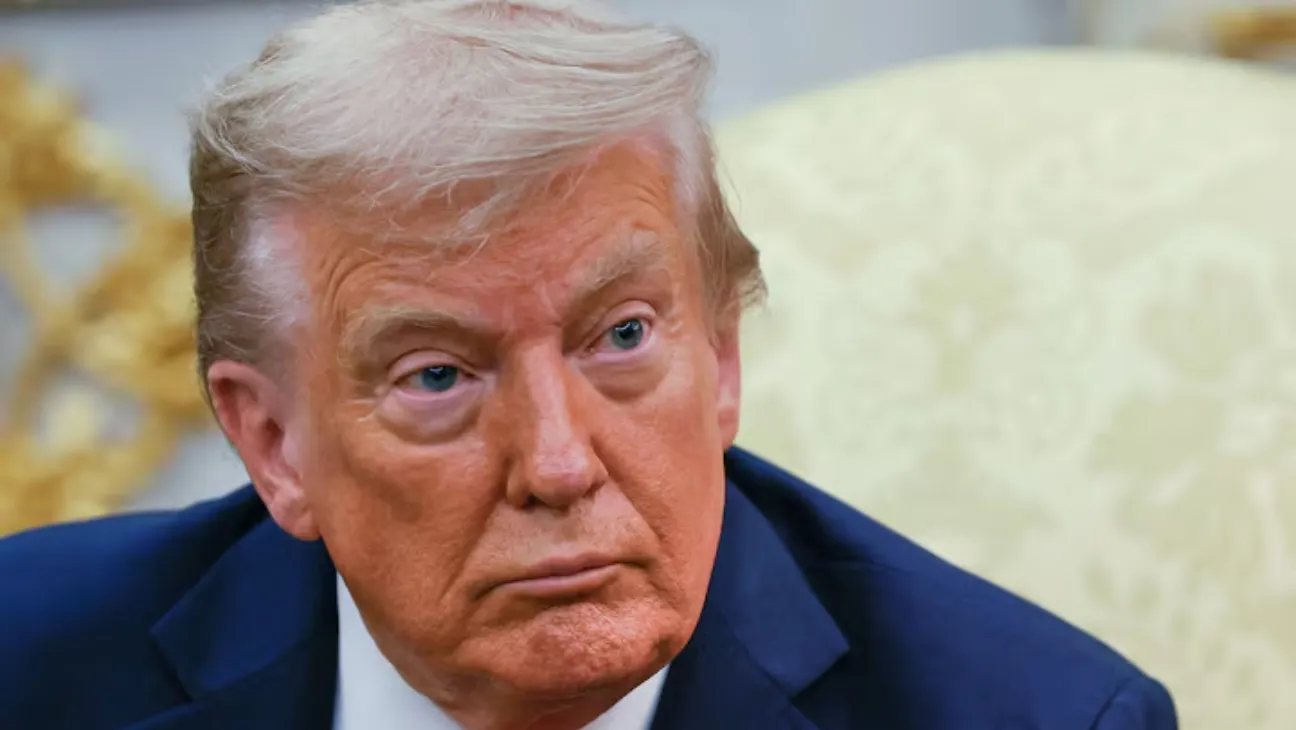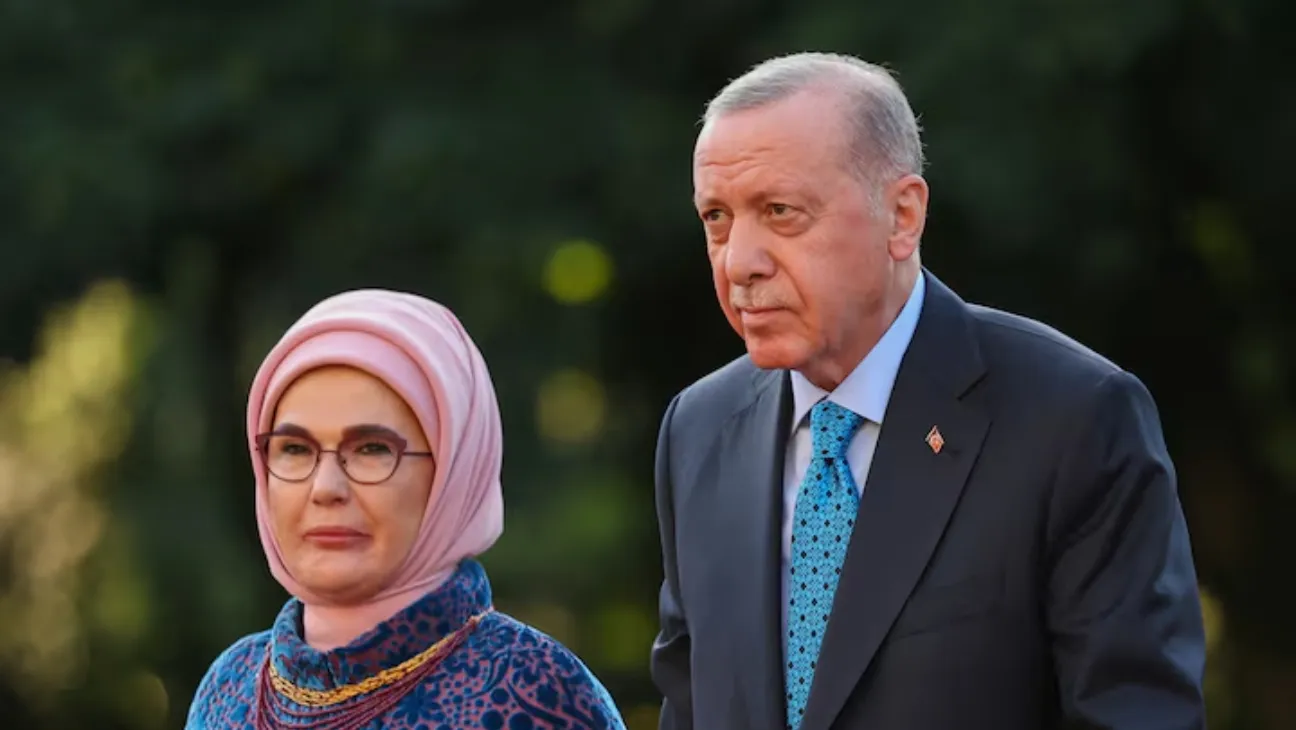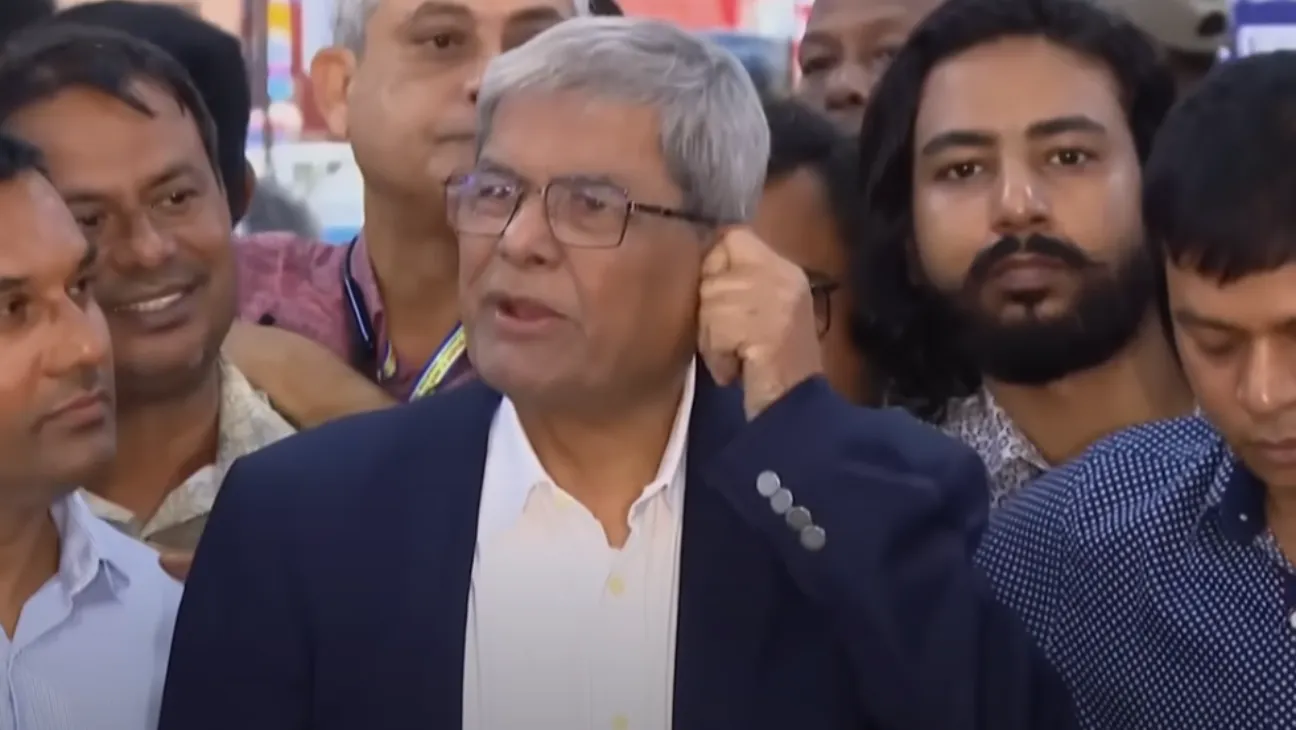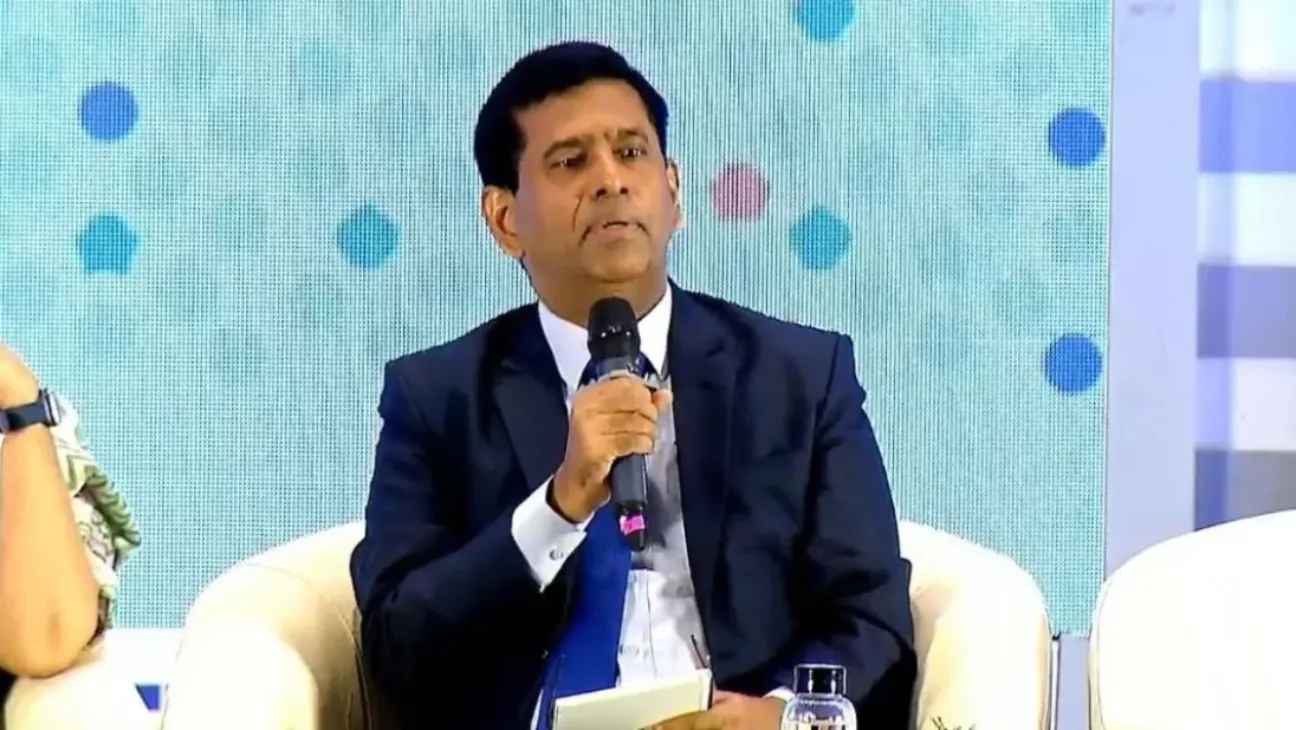The United States and European Union announced a framework trade agreement on Sunday, imposing a 15% import tariff on most EU goods. The deal averts what could have become a damaging transatlantic trade conflict.
President Donald Trump met European Commission President Ursula von der Leyen in western Scotland to finalize the agreement, after weeks of stalled negotiations and rising tensions.
“I think this is the biggest deal ever made,” Trump told reporters following the hour-long meeting. Von der Leyen echoed the sentiment, calling it “a huge deal” that would bring predictability between the two largest global economies.
The agreement includes more than just tariffs.
The EU pledged $600 billion in investments in the United States over the course of Trump’s second term. It also committed to purchasing $750 billion worth of U.S. energy exports. The arrangement marks a shift in economic alignment as both sides seek stability in a fragile global environment.
Still, the deal’s core feature — a uniform 15% tariff on most traded goods — represents a compromise. European negotiators had hoped for a zero-tariff deal. And while this avoids Trump’s threatened 30% tariff, many in Europe see the final rate as a disappointment.
German Chancellor Friedrich Merz welcomed the breakthrough. In a brief statement, he noted that Germany’s export-heavy economy, especially its auto sector, had much at stake.
Others were less optimistic.
Bernd Lange, chair of the European Parliament’s trade committee and a member of the Social Democratic Party, expressed disapproval of the agreement.
He called the tariffs “imbalanced” and expressed concern that the $600 billion in promised investments could hurt domestic European industries.
The euro ticked up slightly following the announcement, gaining 0.2% against the dollar, sterling, and yen.
The agreement mirrors parts of the U.S. trade framework signed with Japan a week earlier. Trump said the 15% tariff would apply “across the board,” including autos, semiconductors, and pharmaceuticals.
Some sectors are exempt. Both sides agreed to remove tariffs on aircraft and aircraft components, semiconductor equipment, certain chemicals, some agricultural products, and critical raw materials. A quota system will replace the current 50% tariff on steel and aluminum.
“We will keep working to add more products to this list,” von der Leyen said. Spirits were one category still under negotiation.
Eric Winograd, chief economist at AllianceBernstein, said the announcement offered some near-term market reassurance. “Having a deal is better than not having a deal,” he said.
Trump has long targeted the U.S. trade deficit with the EU, which stood at $235 billion in 2024. His administration argues that EU policy has unfairly hurt American industries, a point he repeated during Sunday’s talks.
“They want to make a deal very badly,” Trump said upon arriving in Scotland. “Europe has been very unfair to the United States.”
The EU, for its part, has pushed back by highlighting the U.S. services surplus, arguing that the trade picture is more balanced than Trump portrays.
Tensions had escalated earlier this month when Trump threatened to impose a 30% tariff starting August 1. The EU had prepared countermeasures on $109 billion worth of U.S. goods and had considered invoking its anti-coercion instrument targeting U.S. services.
With the new agreement, both sides have stepped back from that brink.
Now the question is how long the deal will last, and whether either party will follow through on all commitments.
Some observers remain cautious.
Trump previously promised “90 deals in 90 days,” a pledge that hasn’t materialized. Agreements with Britain, Japan, Indonesia, and Vietnam were announced but remain limited in scope.
Still, for now, both Washington and Brussels have secured a truce. It may not be perfect, but it avoids an open trade war between two global heavyweights.









